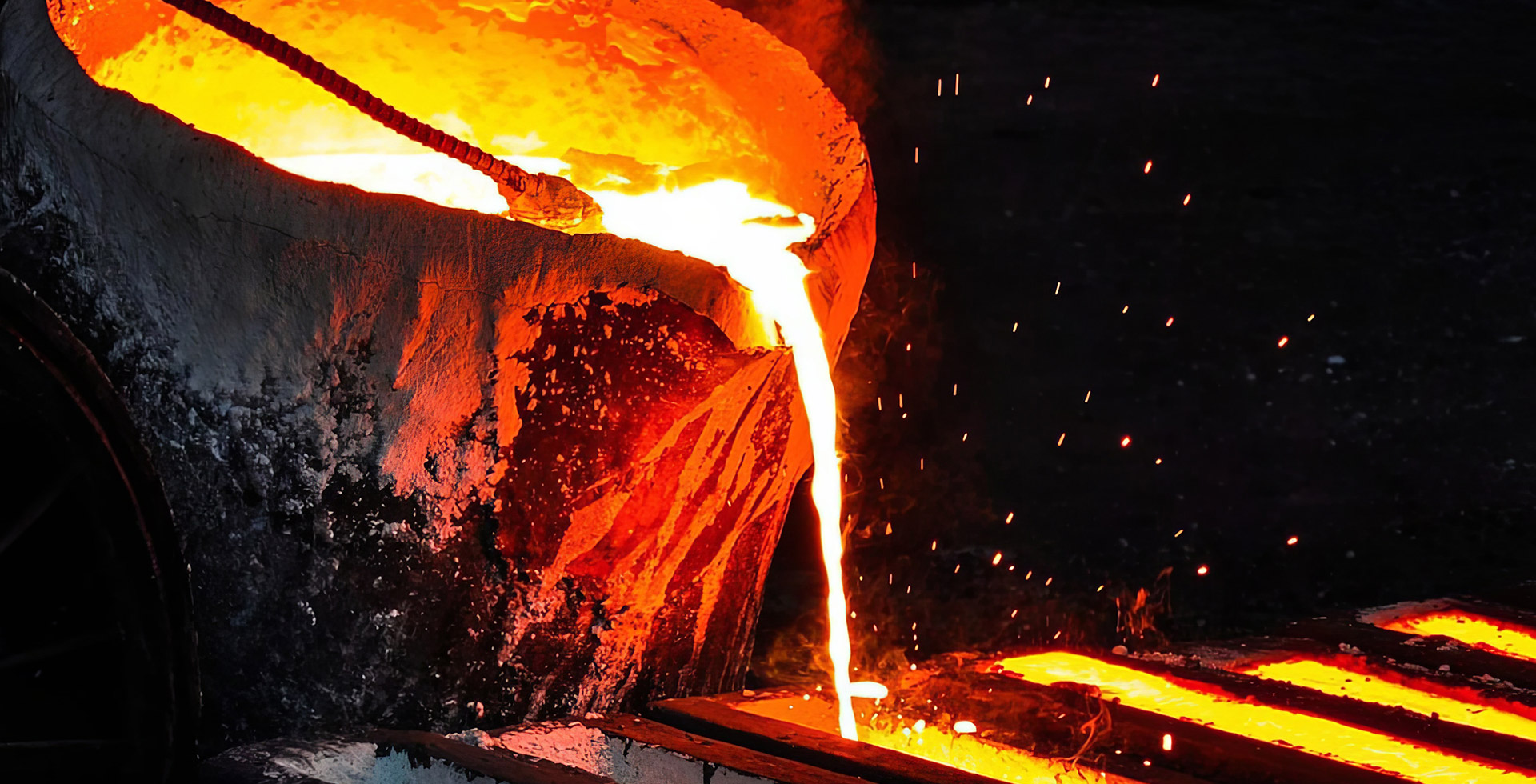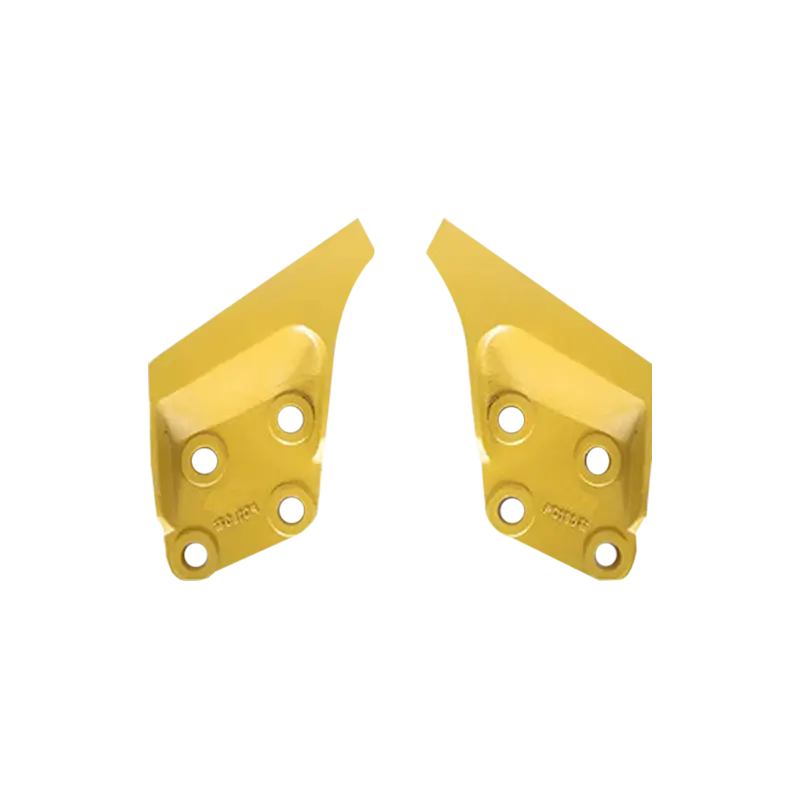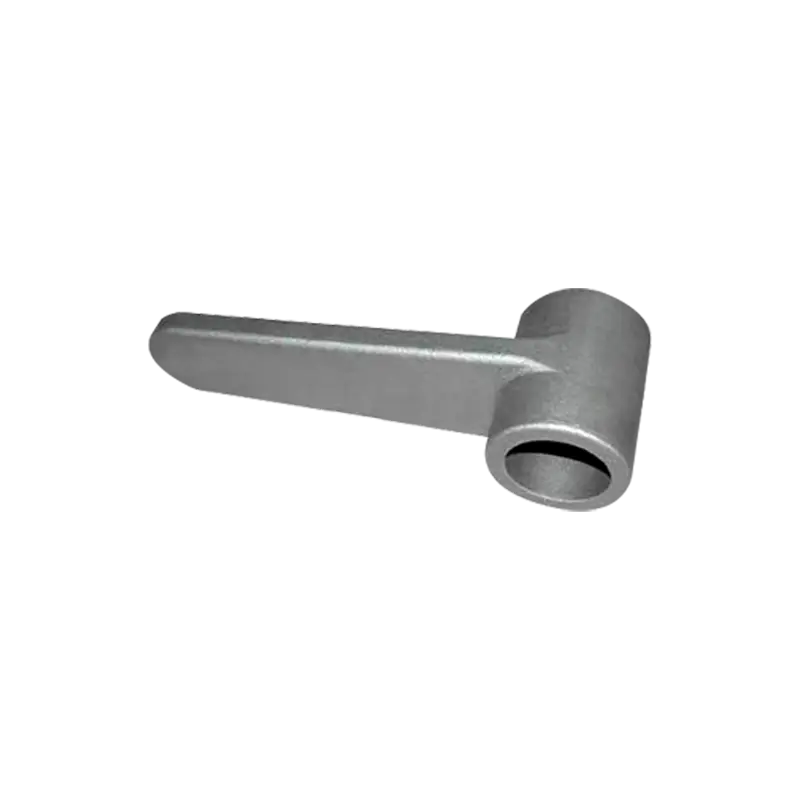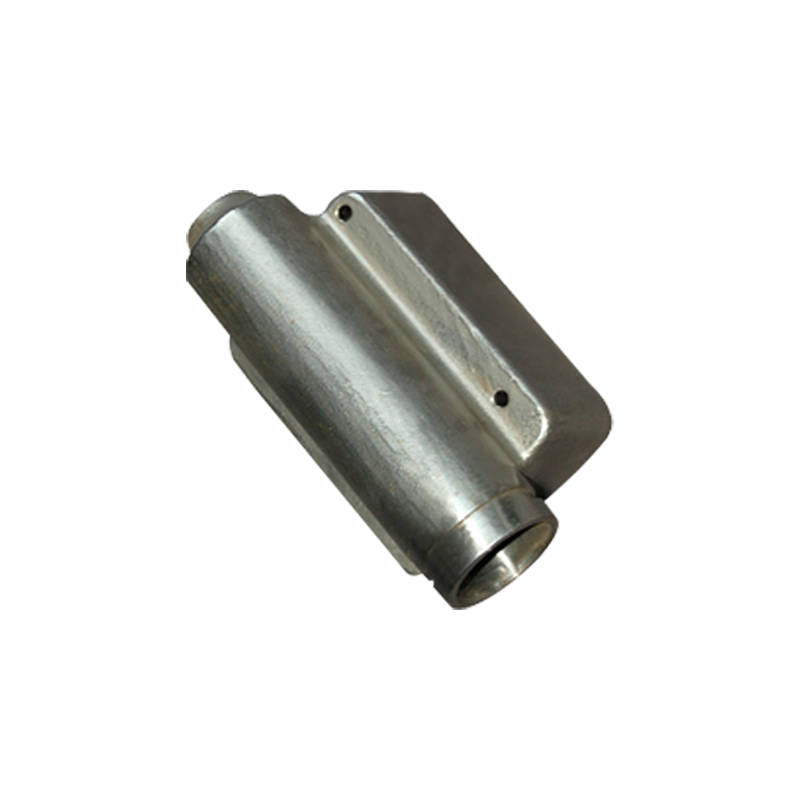Our quality assurance services and processes ensure the reliability of our products and your satisfaction.
In industrial manufacturing and engineering applications, Ductile Iron and Cast Iron are two commonly used materials. While they share similarities in composition and production processes, they differ significantly in terms of performance and durability, making them suitable for different applications.

1. Differences in Material Composition
Cast Iron
Cast iron is primarily composed of iron, carbon (2-4%), and silicon, with small amounts of other elements like manganese and sulfur. The high carbon content gives cast iron its ability to be easily cast into complex shapes, but also makes it inherently brittle. The carbon in cast iron primarily exists in the form of graphite, which gives the material its excellent compression strength but also results in a lack of tensile strength. This brittleness limits the material’s ability to withstand stretching or impact.
Ductile Iron
Ductile iron, also known as nodular cast iron, has a similar composition to cast iron but with the addition of a small amount of magnesium during the casting process. This causes the graphite to take on a nodular (spherical) shape, which significantly enhances the material’s properties. The nodular graphite structure provides ductile iron with much higher tensile strength and ductility than traditional cast iron. The material still retains the excellent casting characteristics of cast iron, but its added flexibility and toughness make it suitable for a wider range of applications.
2. Strength and Durability
Strength and Durability of Cast Iron
Cast iron is known for its excellent compressive strength, which allows it to withstand substantial pressure. This makes it ideal for applications like engine blocks, pipes, and machine bases. However, cast iron is brittle and does not perform well under tensile stress (stretching or pulling forces) or impact. As a result, it is more prone to cracking or breaking under dynamic or cyclic loads. Cast iron is best suited for static, non-shock-loading applications where compressive strength is more important than flexibility.
Strength and Durability of Ductile Iron
Ductile iron, due to its nodular graphite structure, offers much higher tensile strength and better impact resistance than cast iron. It can endure higher loads and more dynamic stresses without fracturing. This makes ductile iron the material of choice for parts subjected to vibrations, shocks, or cyclic loads, such as automotive suspension components, mining equipment, and heavy machinery. In terms of long-term durability, ductile iron’s enhanced resistance to fatigue and impact makes it an excellent choice for high-performance applications.
3. Impact and Fatigue Resistance
Impact Resistance of Cast Iron
Because of its brittleness, cast iron has poor impact resistance. When subjected to sudden shocks or fluctuating loads, cast iron is prone to cracking or breaking. This limits its use in applications where parts experience regular impact or dynamic forces.
Impact Resistance of Ductile Iron
Ductile iron has significantly better impact resistance than cast iron, thanks to its ductile (flexible) nature. Its spherical graphite structure allows it to absorb shock and deformation without cracking, making it ideal for applications that experience high-impact stresses. Ductile iron components can bend or stretch under pressure and return to their original shape, ensuring that they maintain their structural integrity under difficult conditions.
4. Machinability
Machinability of Cast Iron
Cast iron is known for its excellent machinability, primarily due to its high graphite content. The graphite acts as a lubricant during the machining process, reducing tool wear and making it easier to shape the material. However, because of its brittleness, cast iron can break or chip during machining if not handled carefully, which may increase the difficulty of working with it.
Machinability of Ductile Iron
Ductile iron is slightly harder to machine than cast iron due to its higher strength and tougher structure. While it still retains good machinability, it requires stronger cutting tools and techniques to work with effectively. However, compared to other high-strength materials like steel, ductile iron is still relatively easy to machine and offers good results in precision applications.
5. Corrosion Resistance
Corrosion Resistance of Cast Iron
Cast iron generally has moderate corrosion resistance, particularly when used in water pipes and low-temperature environments. However, it is prone to rusting and degradation when exposed to high temperatures or acidic conditions. Over time, cast iron components can corrode, reducing their lifespan and effectiveness.
Corrosion Resistance of Ductile Iron
Ductile iron offers similar corrosion resistance to cast iron but can perform better in harsh environments, especially when coated with protective finishes like epoxy or paint. Ductile iron’s superior toughness and durability make it ideal for applications in corrosive environments, such as wastewater systems, water pipelines, and chemical processing equipment. When properly treated, ductile iron components can resist corrosion better and last longer than cast iron parts.
6. Cost Comparison
Cost of Cast Iron
Cast iron is relatively inexpensive to produce, thanks to its simpler composition and manufacturing process. The cost-effectiveness of cast iron makes it an attractive option for many applications where high strength is not a primary concern. Its affordability makes it suitable for a wide range of standard, low-stress applications.
Cost of Ductile Iron
Ductile iron is more expensive than cast iron due to the additional steps required to introduce magnesium and form the nodular graphite structure. However, its superior performance in demanding applications often justifies the higher initial cost. In the long term, ductile iron’s durability, impact resistance, and ability to withstand dynamic loads may provide greater cost savings through reduced maintenance and part replacement costs.
7. Applications
Applications of Cast Iron
Cast iron is widely used in applications that require high compressive strength but do not demand high flexibility or impact resistance. Common applications include:
- Engine blocks
- Machine bases
- Water and heating pipes
- Cookware
Applications of Ductile Iron
Due to its superior strength, flexibility, and impact resistance, ductile iron is used in high-performance applications that involve dynamic or cyclic loads. Some of its key applications include:
- Automotive components (suspension parts, crankshafts, etc.)
- Heavy machinery and mining equipment
- Pipe systems (especially for wastewater and water supply pipelines)
- Aerospace components
8. Performance Comparison Table
| Performance | Cast Iron | Ductile Iron |
|---|---|---|
| Strength | High compressive strength but low tensile strength | High tensile strength and impact resistance |
| Corrosion Resistance | Moderate, prone to rust | Good, can be enhanced with coatings |
| Impact Resistance | Poor, prone to cracking | Excellent, able to withstand high impacts |
| Machinability | Good, but brittle | Slightly harder to machine, but still good |
| Cost | Lower | Higher |
| Applications | Low-pressure, low-impact applications | High-strength, dynamic-load applications |
 Language
Language
 FT CASTING
FT CASTING















